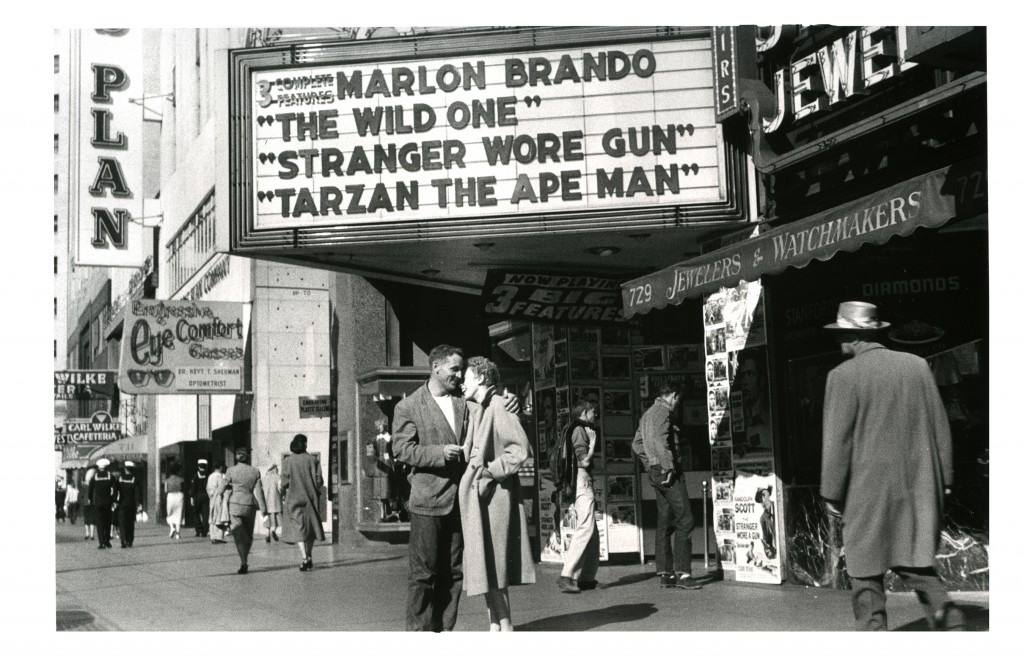 Allen Ginsberg/Elizabeth Leach Gallery
Allen Ginsberg/Elizabeth Leach Gallery
By Bob Hicks
Tonight is First Thursday, the monthly gallery walk when spaces across town (but mostly downtown and in the Pearl) throw their doors open and hope at least a few party-hoppers will drop back soon to actually buy something. There are lots of other openings as well, of course, but First Thursday is the marketing focus. And thanks to Photolucida, April is Portland Photo Month. We ran this incomplete guide in this morning’s Oregonian; check it out.
Here are a few Scatter possibilities:
The great Beat poet Allen Ginsberg also loved to take candid photographs of his friends and traveling companions, and he had a good eye to go with his romantic streak and sly wit. This isn’t all that unusual. A lot of artists who distinguish themselves in one medium are gifted amateurs, or even second professionals, in another. Lawrence Ferlinghetti paints. Woody Allen plays clarinet. And of course, there are all those Jerry Garcia designer neckties. Elizabeth Leach Gallery is featuring some of Ginsberg’s shots this month. Above: Neal Cassady and Natalie Jackson conscious of their roles in Eternity, Market Street, San Francisco. 1955, gelatin silver print, 16 x 20″ framed.

Mike O’Brien/Stonehenge Studios
Mike O’Brien has spent a good quarter-century exploring the Opal Creek Wilderness, and now he has an exhibit of images from the forest, Touched by Water, at Stonehenge Studios, in the old Inkling Studio space at 3508 S.W. Corbett Ave. It’s part of a documentation and contemplation he tells us will be ongoing:
I’ve found Opal Creek to be a place of extraordinary beauty. If you are a fan of J.M.W. Turner, you’ve seen his attempts to capture fleeting moments of light on water, or in the mist, using watercolors. I enjoy using a camera in a similar way, so many of the images are of  light reflecting from inside the stream and from its surface.
As I read the research of scientists like Chris Maser, and have come to understand the deep order of the forest, I’ve also tried to capture aspects of the life cycle that may be overlooked, especially death, decay and rebirth. Eliot Porter, the grandfather of color landscape photography, has said that in nature, no single thing is more important than anything else, so honest photography should not seek to elevate one aspect over others. I think he meant a fungus that transforms a downed log into food for the next generation is as worthy of our attention as the blooms on the rhododendrons. I’ve tried to use photography as a way of pointing to the everyday, extraordinary beauty of the whole forest.
 Holly Andres/Charles A. Hartman Fine Art
Holly Andres/Charles A. Hartman Fine Art
Holly Andres is one of the city’s most consistently interesting photographers, specializing in a sort of stage-managed psychodrama: wordless scenes of melodramatic importance. Her newest series, The Fall of Spring Hill, is at Charles A. Hartman Fine Art. You know something’s happening here, but you aren’t sure what it is. Are you, Mister Jones?